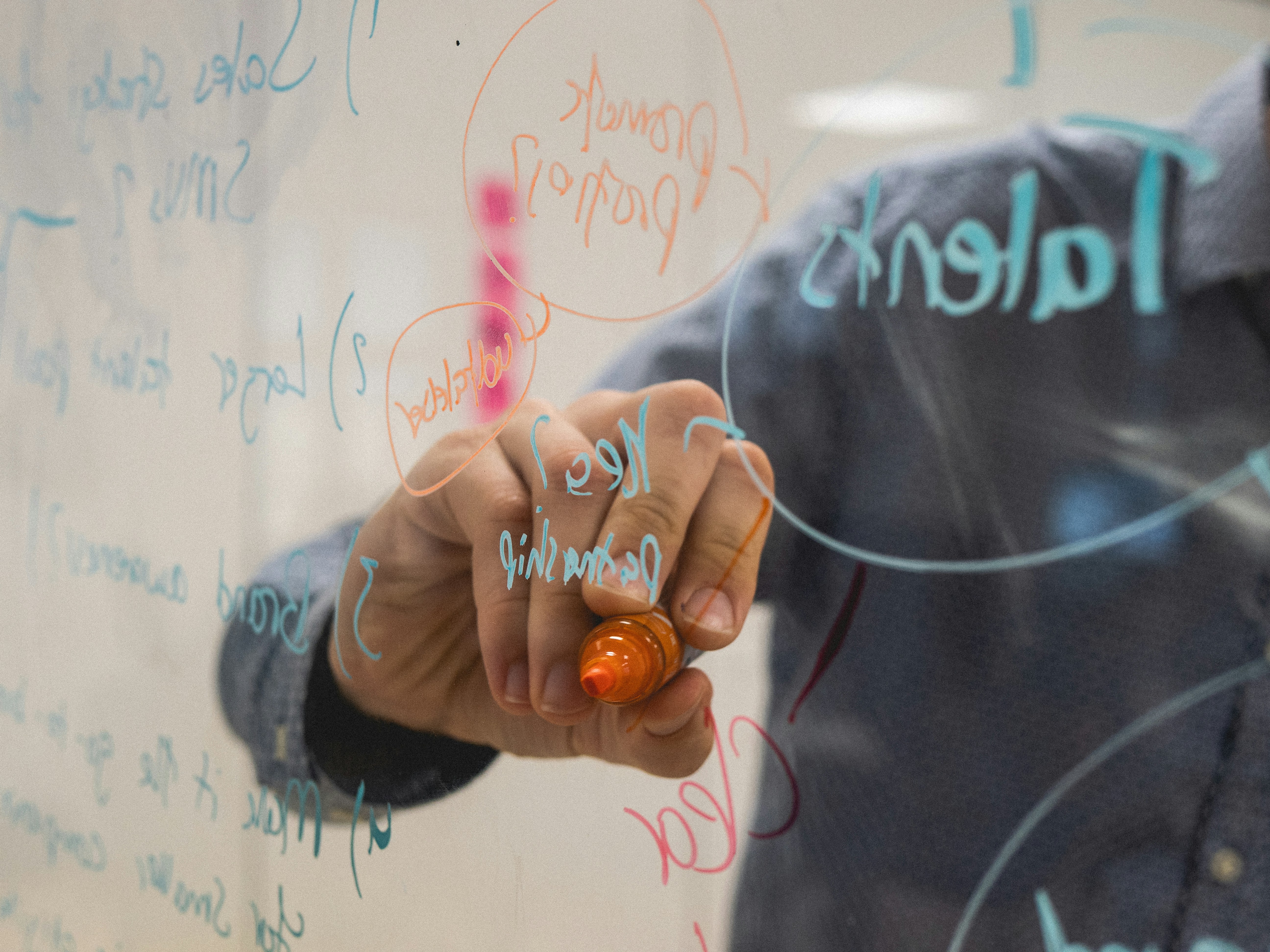Christian Graf von Kanitz-Kopsch
The PPT framework: 3 essential components for meeting and groups automation in hotels
05.11.2024
In our previous blog posts, we explored the fundamentals of automation, including its significance, objectives, and benefits, as well as the common misconceptions and biases surrounding automation in the meetings and events sector. Today, we take the next step: the introduction of automation tools and the necessary change processes within hotels that accompany such implementations.
This change process primarily revolves around three key areas: people, processes, and technology, collectively known as the PPT framework (People, Process, Technology). This framework is built on the idea that successful change management can only be achieved through a balanced alignment of these three core organizational elements. Simply implementing a new tool or software does not automatically resolve existing challenges or lead to lasting improvements.
In this article, we delve into these three areas and discuss how they must be harmonized to ensure successful automation and the accompanying changes within the hotel industry.
People: the heart of change
Introducing automation in the hotel industry and the MICE sector requires a comprehensive change process, where the "people" factor plays a crucial role. To achieve success, it is essential to educate employees thoroughly and convince them of the benefits of automation.
Clear and transparent communication is critical to dispelling myths and alleviating concerns. Many employees may harbor fears and uncertainties about automation, either due to job security concerns or a lack of technical understanding (for a detailed discussion, see "MICE Today II: The 10 Major Myths and Misconceptions About Automation"). Therefore, it is vital to highlight the benefits of automation from the outset. Through transparent communication, employees can be brought along on the journey, enabling them to actively participate in and shape the process.
Another key aspect is employee training and development. Training programs are indispensable for imparting both technical expertise and practical application knowledge. These efforts help alleviate fears and empower employees to use new technologies effectively. The goal is not just to develop technical skills but also to foster a comprehensive understanding of the new workflows in the broader context of the business and industry.
Practical examples show that individual employees who believe in a new process can play a significant role in influencing their colleagues with their enthusiasm. In some cases, hotel groups have even seen "competitions" emerge, where teams challenge each other to achieve the best results through process changes.
Special attention should be given to managers, such as department heads and hotel directors. They must first be convinced and trained so they can prepare their teams both technically and emotionally for the upcoming changes. Their role as motivators and guides is crucial for the success of the change process. If a company has a works council, involving them early on is important to develop strategies for implementation and to address any concerns from employees.
To support the change process in the long term, it is immensely helpful to appoint a dedicated point of contact or expert within the organization. This person can drive the sometimes emotional topic of change forward, address questions, and counter any reservations. Continuous support and clear communication ensure that the change process is not only presented as important but is also successfully implemented.
Processes: balancing leadership and employee involvement
An effective change process in the hotel and MICE sector requires a careful balance between leadership and employee involvement. While it is important to provide clear direction and set goals, it is equally crucial to actively involve employees in designing new processes. This active participation promotes acceptance and brings valuable perspectives from everyday operations.
Respecting existing structures and involving all employees in the change process is essential. A complete overhaul is not always necessary; instead, an evolution of existing processes should be pursued. Gradual adjustments allow for the integration of improvements while building on established methods. In some cases, it may be helpful to explain agile project management to teams, highlighting that the final product may deviate from the original idea due to input from stakeholders and learning from various development steps.
When employees understand this, they are more likely to engage in the development process. Detailed process documentation, such as manuals and webinars, plays a central role in change management. They provide a clear, understandable representation of new workflows and serve as a reference for all stakeholders. Thorough documentation reduces uncertainties and helps establish consistent standards.
Legal aspects and the involvement of the works council must not be overlooked. Any changes must comply with legal requirements and company policies. By combining leadership, employee involvement, and careful documentation, processes can be successfully adapted and optimized, contributing to a smooth and effective transition.
Technology: the key to seamless integration
Technology plays a crucial role in the change process, particularly in the MICE sector. The integration of interfaces that enable seamless communication between systems is critical. In the accommodation sector, established systems and tools have been in place for many years, making integration relatively straightforward. However, cross-system communication in the MICE sector is still relatively new territory.
One important consideration is determining which aspects of the MICE industry can be automated. These may include the semi-automated or fully automated response to event inquiries, dynamic price adjustments, real-time information sharing before and during events, feedback evaluation after events, and the automated exchange of data between systems that were previously handled manually.
In a recent article by IHA & HSMA, a team of hotel industry experts provided an overview of the extensive system landscape in the MICE sector. This overview highlights the need for action to implement interfaces (see also "Overview of MICE Technology Providers and Their Solutions" in the IHA Extranet, developed by the IHA Task Force MICE).
It is also important to explore existing solutions on the market. Many providers already offer comprehensive software solutions that cover various aspects and use cases. Often, these tools are modular, allowing them to be tailored to the specific needs of a hotel or event.
Implementing the right technology not only supports workflows but also significantly contributes to the success of the entire change process. It allows employees to focus more on value-added tasks and less on repetitive activities, ultimately improving the guest experience.
Conclusion: a holistic approach to change
Successfully introducing automation tools and processes in the MICE sector often requires a comprehensive change process that integrates people, processes, and technology. Educating and training employees helps dispel fears and encourages acceptance of new technologies. Optimized and well-documented processes ensure that existing structures are respected and meaningfully developed. The integration of suitable interfaces and effective solutions facilitates the transition.
A harmonious and sensitive alignment of these three areas leads to sustainable improvements, more efficient resource use, and ultimately contributes to the overall success of the organization.

